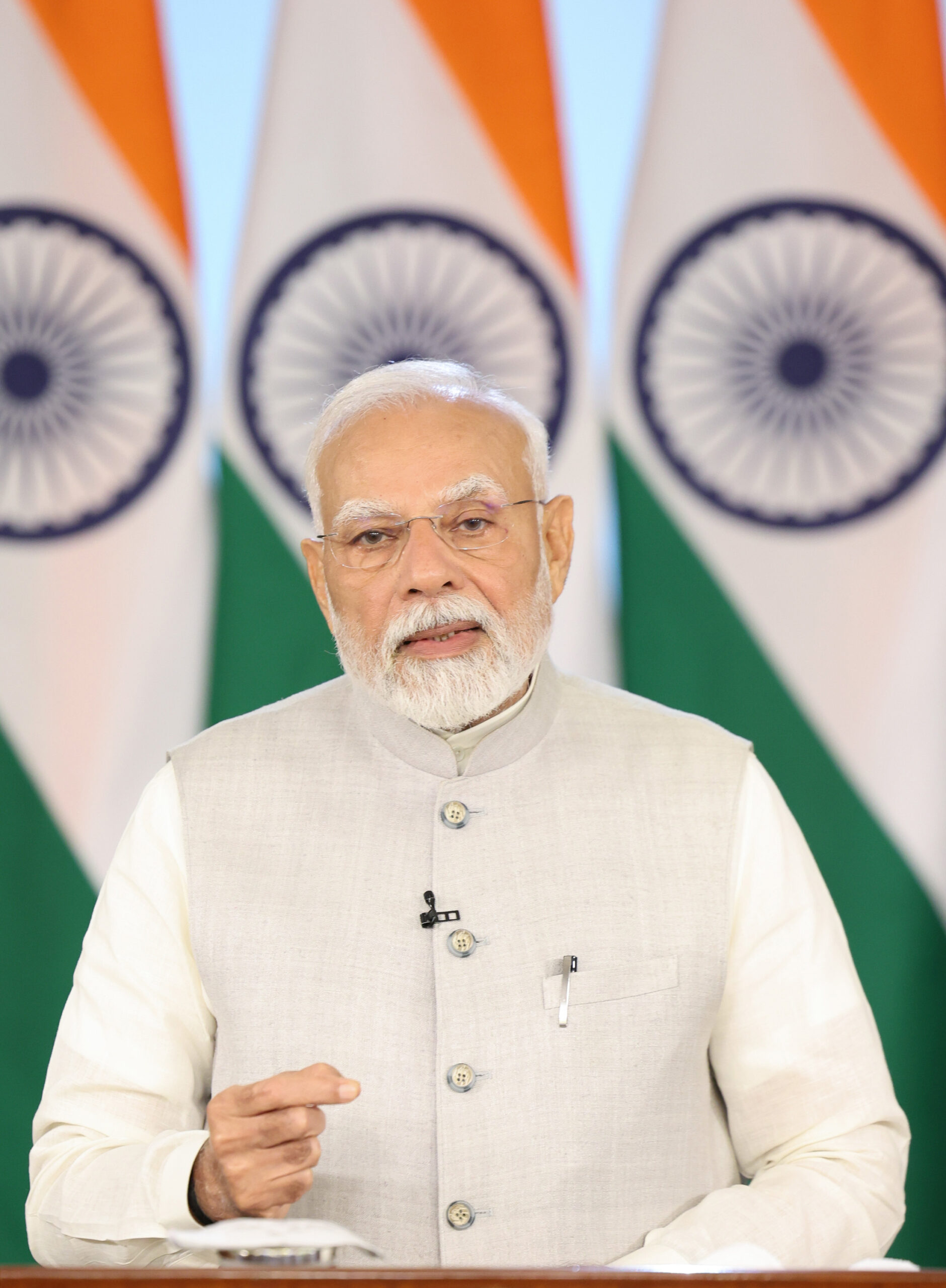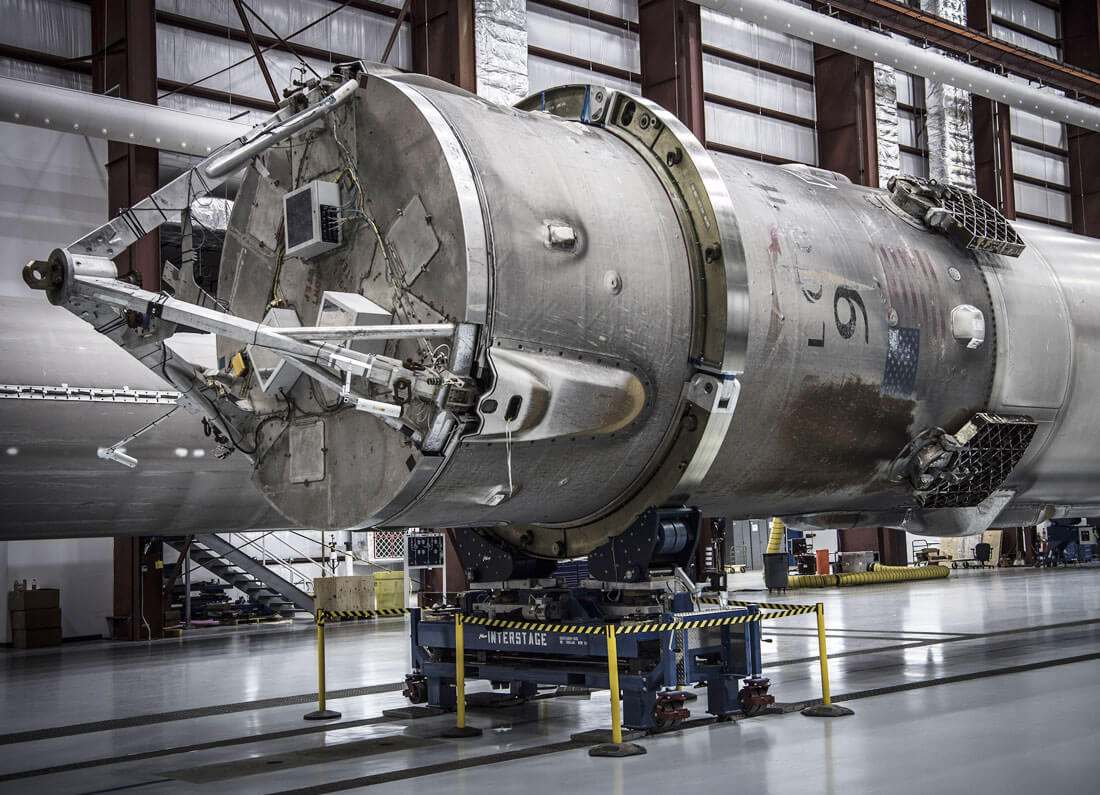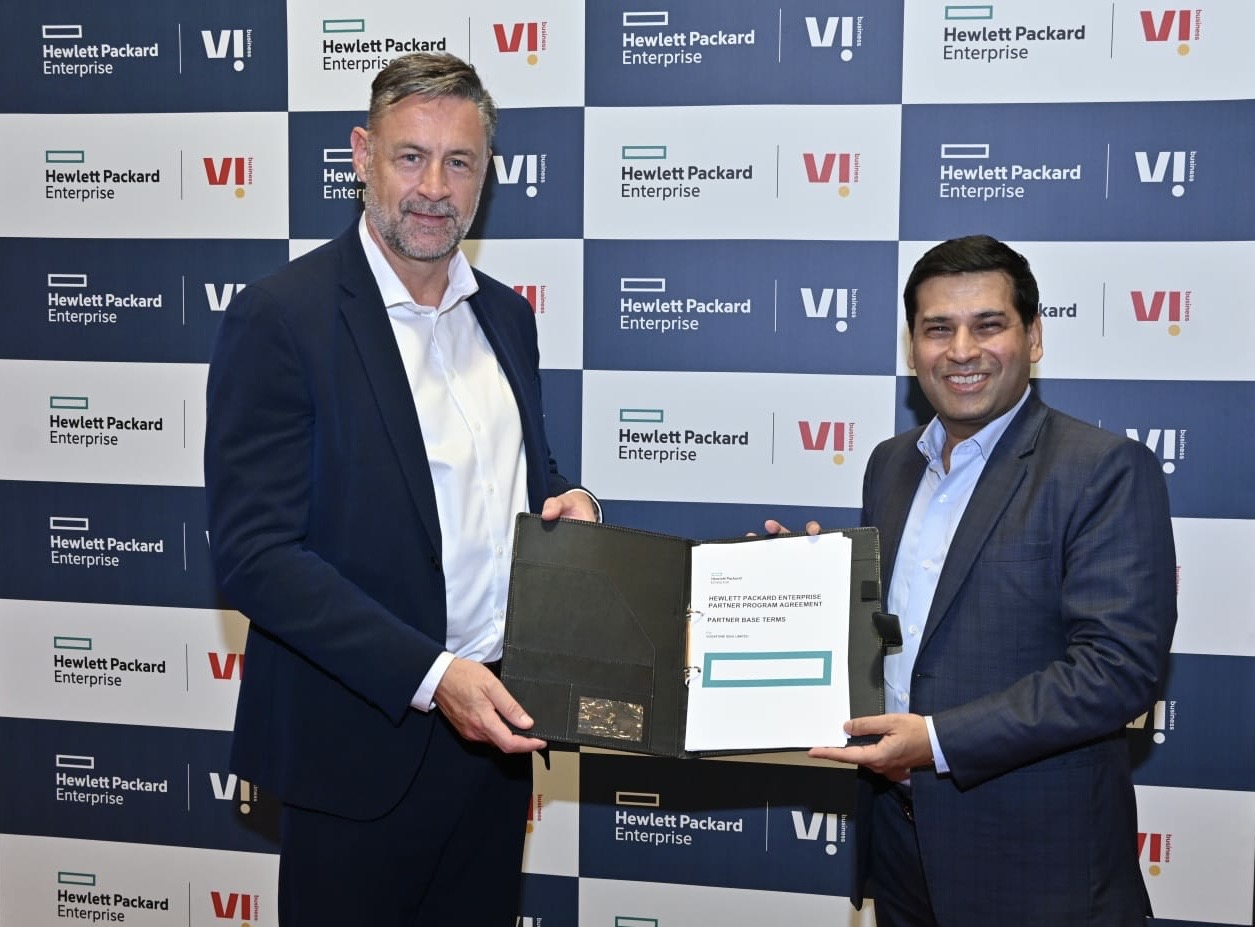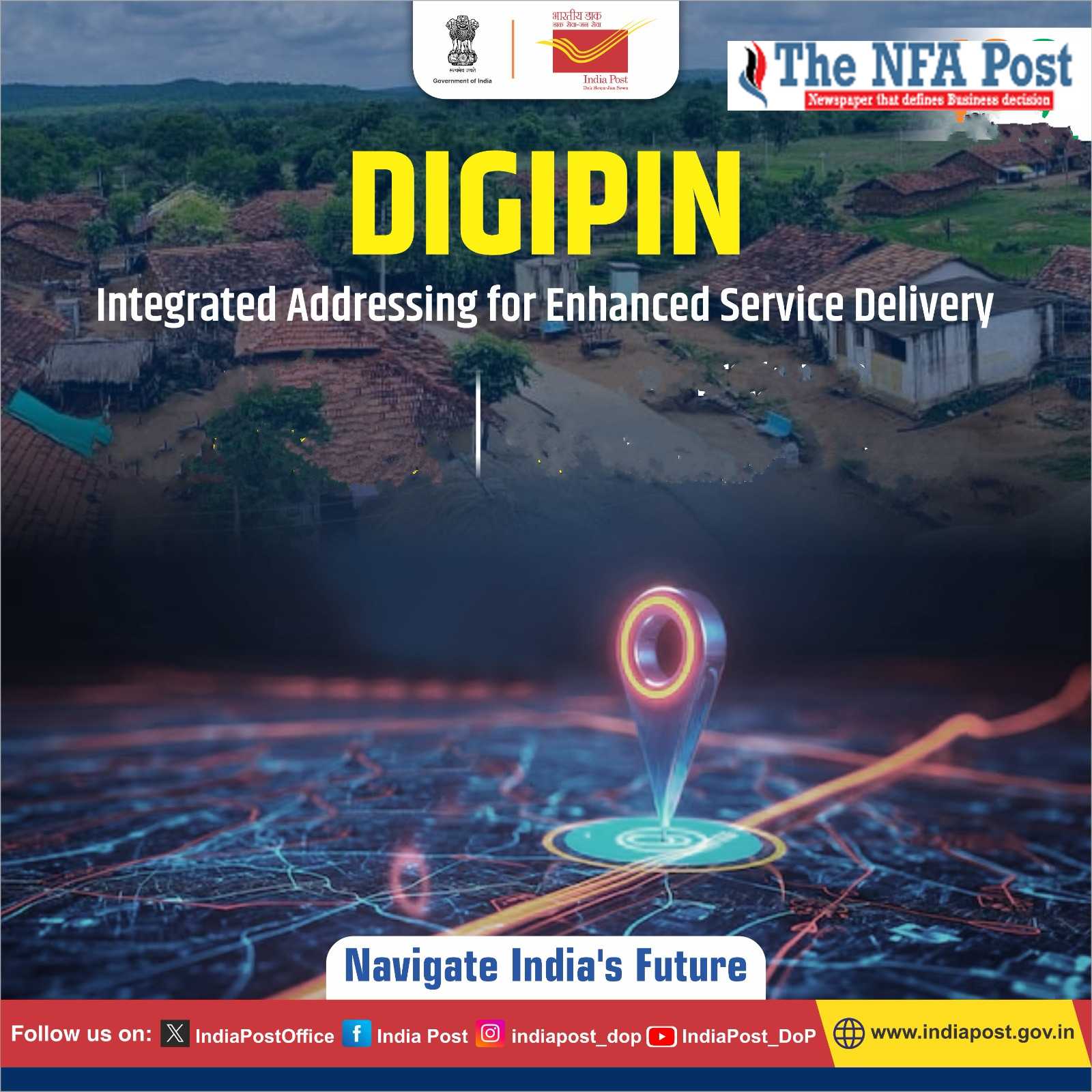From Chandrayaan to Gaganyaan, India charts an inclusive and ambitious path in global space exploration, guided by the spirit of Vasudhaiva Kutumbakam
New Delhi, NFAPost: Prime Minister Narendra Modi, in a compelling address to the Global Conference on Space Exploration (GLEX) 2025, redefined the narrative of space exploration not merely as a scientific endeavor but as a bold manifestation of humanity’s collective curiosity, courage, and progress.
Speaking via videoconferencing, Prime Minister Narendra Modi welcomed a global congregation of scientists, astronauts, and thought leaders, and shared India’s visionary roadmap in space technology—an ascent marked by milestones, inclusivity, and international collaboration.
“Space is not merely a destination but a declaration of curiosity, courage, and collective progress,” declared the Prime Minister, setting the tone for a speech that celebrated India’s transformation from launching its first sounding rocket in 1963 to becoming the first nation to land near the Moon’s South Pole with Chandrayaan-3.
He emphasised that every Indian rocket carries more than scientific payloads—it carries the dreams and aspirations of 1.4 billion citizens. Recalling pivotal missions, he noted how India reached Mars on its very first attempt in 2014, discovered water on the Moon with Chandrayaan-1, and delivered the highest-resolution lunar images via Chandrayaan-2.
“India developed cryogenic engines in record time, launched 100 satellites in a single mission, and has deployed over 400 satellites for 34 nations,” he highlighted, adding that the recent docking of two satellites in space is another landmark for the Indian space program.
Importantly, the Prime Minister reframed India’s space mission not as a race, but as a shared journey. “Our goal is not to compete but to collaborate—to explore space for the benefit of humanity,” he affirmed. In this context, he spotlighted India’s regional cooperation through the South Asia Satellite and introduced the G20 Satellite Mission, aimed at bolstering capabilities across the Global South.
Signaling a new era, Prime Minister Narendra Modi revealed that an Indian astronaut will soon fly to the International Space Station as part of an ISRO-NASA collaboration, marking another historic first. He further outlined India’s long-term space vision:
The Bharatiya Antariksha Station by 2035, poised to become a hub for international research.
A human landing on the Moon by 2040, as a symbol of India’s scientific reach.
Ongoing ambitions to explore Mars and Venus, reflecting deeper interplanetary goals.
The Gaganyaan mission—India’s maiden human spaceflight—was highlighted as a symbol of national ambition and technological maturity. But Modi was quick to remind the world that India’s space endeavor is also about empowerment. He elaborated on the role of space-based tools in governance, fisheries, disaster alerts, the GatiShakti infrastructure platform, railway safety, and agriculture.
“We’re not just looking at the stars—we’re solving problems on Earth,” he said, underscoring how satellites enhance daily life for millions. He also applauded India’s burgeoning private space ecosystem, with over 250 startups contributing to innovations in propulsion, satellite imaging, and deep-tech solutions. “Many of India’s missions are being led by women scientists,” he proudly added, reinforcing the importance of diversity in innovation,” said Prime Minister Narendra Modi.
Reiterating India’s civilizational ethos, Prime Minister Narendra Modi said, “Our space vision is rooted in the ancient philosophy of Vasudhaiva Kutumbakam—the world is one family.” He concluded with a call to action for a united global effort: “Let us dream together, build together, and reach for the stars together.”
With India emerging as a critical voice in shaping the future of space exploration, the Prime Minister’s address at GLEX 2025 serves as both a blueprint and an invitation—for nations to come together, not just to explore new worlds, but to elevate humanity itself.

















Leave a Reply